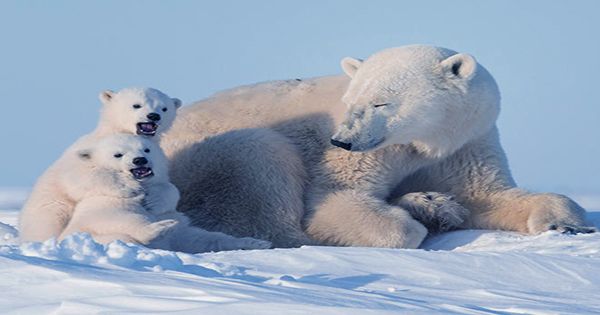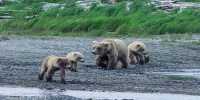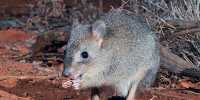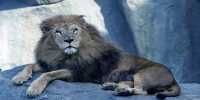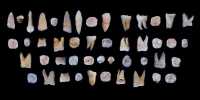Continuing climate crises could have an unexpected impact on Arctic wildlife, with rising temperatures creating an overlap between the region’s top two predators, polar bears and grizzlies.
Bears, not warriors, seem to be lovers and are not afraid to shake in case of somewhat “opportunistic mating”, producing the enthusiastic polar-grizzly hybrid known as “pizzly”. Unfortunately, this is not a stimulus to “life, ah, find a way” but a reminder of the effects of the man-made climate crisis on the fauna. As warmer temperatures reduce sea ice and reduce sea ice, Arctic climate change poses a serious threat to polar bears (Ursus maritimus), but reduced sea ice means fewer chances to fall prey to juicy rest seals.
This is putting pressure on polar bears, which have adapted to high-fat blubber and meat foods further south from hunting areas in search of food, potentially changing their diets and not being suitable for them to eat, according to a study published in Global Change Biology. Warmer temperatures, on the other hand, are pushing grizzly bears (Ursus arctos) north, increasing their chances of coming into contact with polar bears.
Larissa DeSantis, an associate professor of biological sciences at Vanderbilt University and co-author of the research, explains in the video below, “We’ve known about pizzas for quite some time, but their presence may become more common with the ongoing Arctic warming. We’ve actually known about puzzle beer for some time. In 2006, hunters sported a white bear with a brown patch and DNA confirmed that it was a comfortable bear.
There have also been cases of second-generation hybrids. In the north-western regions of Canada, Ulukhaktok Airport welcomes visitors with the famous Staff pizzlies which is 3/4 grizzly and 1/4 polar beer. In 2017, a study found eight known pizzerias near a female polar bear that matched two female summer bears. As DeSantis puts it in the video, both species are able to reproduce those that are able to reproduce themselves (mostly hybrid germ-free) because the two species split only about 500,000–600,000 years ago.
It is not yet known whether the pizzly population will actually increase as both bear species are well-suited for habitat. However, as DeSantis mentions, there are some instances where hybrids have been able to adapt to a particular environment, “especially if that environment deviates from what it once was.” The Arctic is currently warming at an unprecedented rate.
